10 Tips for Properly Storing Your Classic Car to Maintain Its Value
Properly storing your classic car is crucial to preserving its condition and maximizing its value over time. Whether you’re storing it for a short period or the long term, taking the right steps will help protect it from damage caused by environmental factors, wear and tear, and neglect. By following simple yet effective storage practices, you can ensure that your vehicle stays in prime condition, ready for display or resale when the time comes.
This post may contain affiliate links, which helps keep this content free. Please read our disclosure for more info.
Store Your Car in a Climate-Controlled Environment
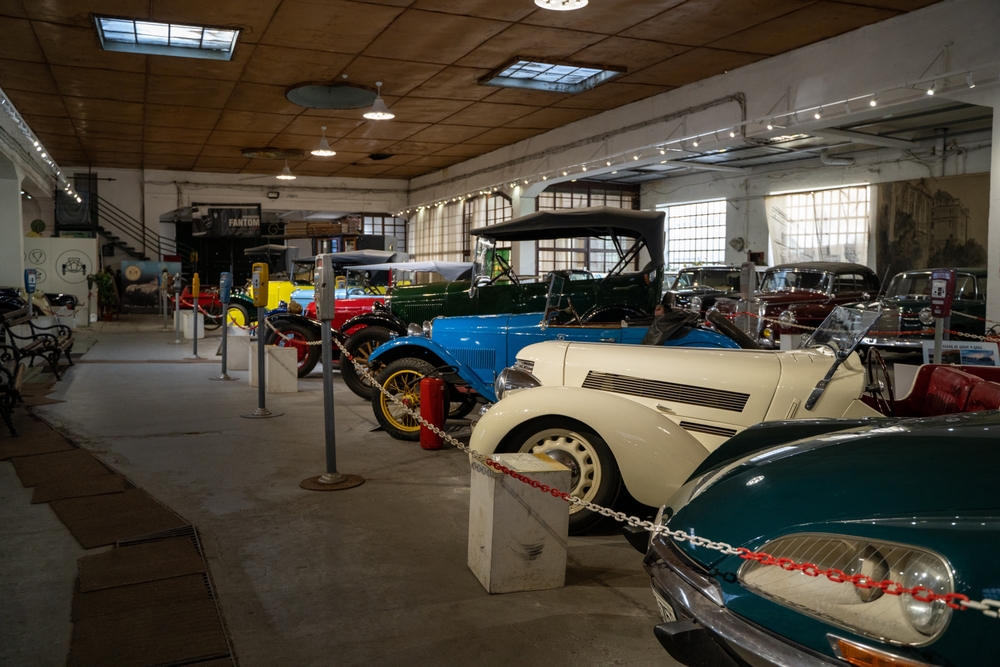
To ensure the longevity of your classic car, it is essential to store it in a climate-controlled space. Extreme temperatures and humidity can cause rust, mold, and deterioration of interior materials, all of which will reduce the car’s value. A temperature-controlled garage or storage unit will keep the car’s body, engine, and interior safe from these elements, preserving its condition and value.
In addition to temperature control, keeping the humidity in check is equally important. High moisture levels can encourage rust formation, particularly on metal components, while low humidity can dry out rubber seals and leather upholstery. A well-maintained climate-controlled space ensures that both environmental extremes are avoided, helping the car retain its original condition for years to come.
Perform Regular Preventive Maintenance
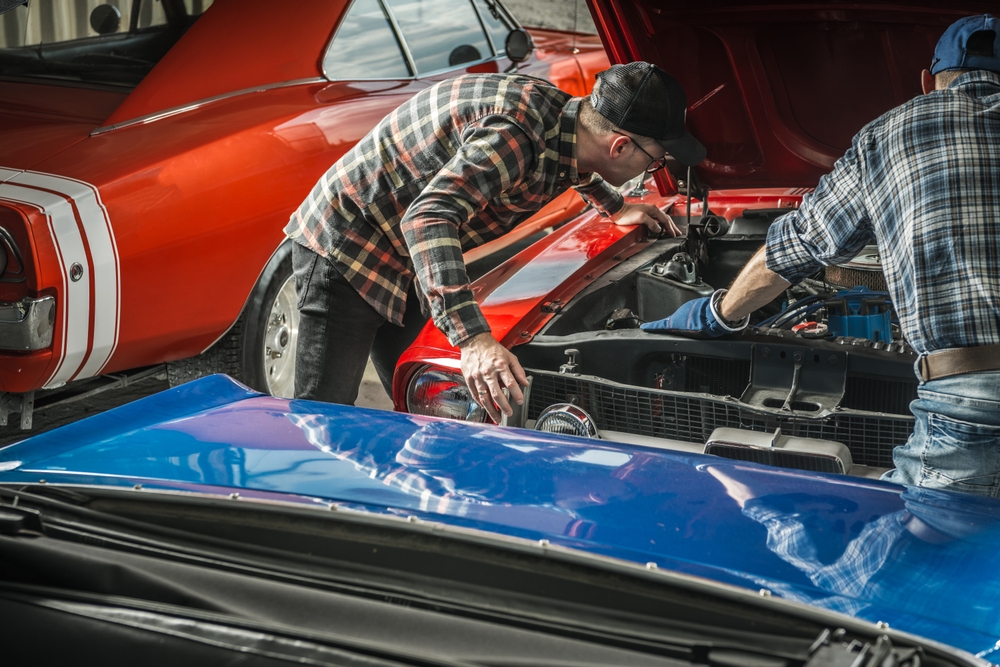
Even if you’re not driving your classic car regularly, it is important to maintain it in running order. Preventative maintenance, such as checking fluid levels, inspecting tires, and ensuring that the battery is charged, will keep the car in good condition. A lack of upkeep can lead to serious mechanical issues that can decrease its resale value.
Regular maintenance will also help prevent potential problems before they occur. For instance, by maintaining proper tire pressure and ensuring the oil is changed regularly, you can avoid flat spots and internal engine issues. This simple habit can go a long way in preserving the car’s performance and appearance, ensuring it stays in top condition.
Clean and Detail the Car Before Storing
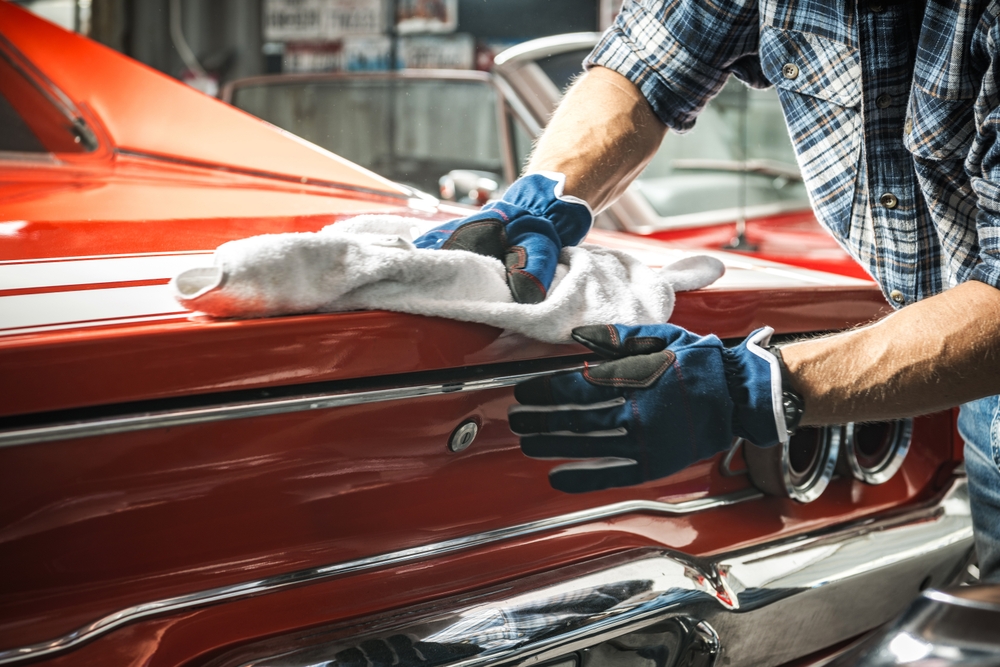
Before putting your classic car into storage, it’s crucial to thoroughly clean both the exterior and interior. Dirt, dust, and grime can accumulate over time, potentially damaging the paint and fabric. A proper detailing will ensure that contaminants like bird droppings, tree sap, and road salt do not cause long-term damage.
Cleaning also includes waxing the exterior to create a protective layer against moisture and contaminants. The interior should be vacuumed and cleaned to prevent dust from settling into hard-to-reach areas. This process not only protects the car’s surfaces but also ensures that the car remains presentable and ready to drive whenever it is taken out of storage.
Use a Quality Car Cover
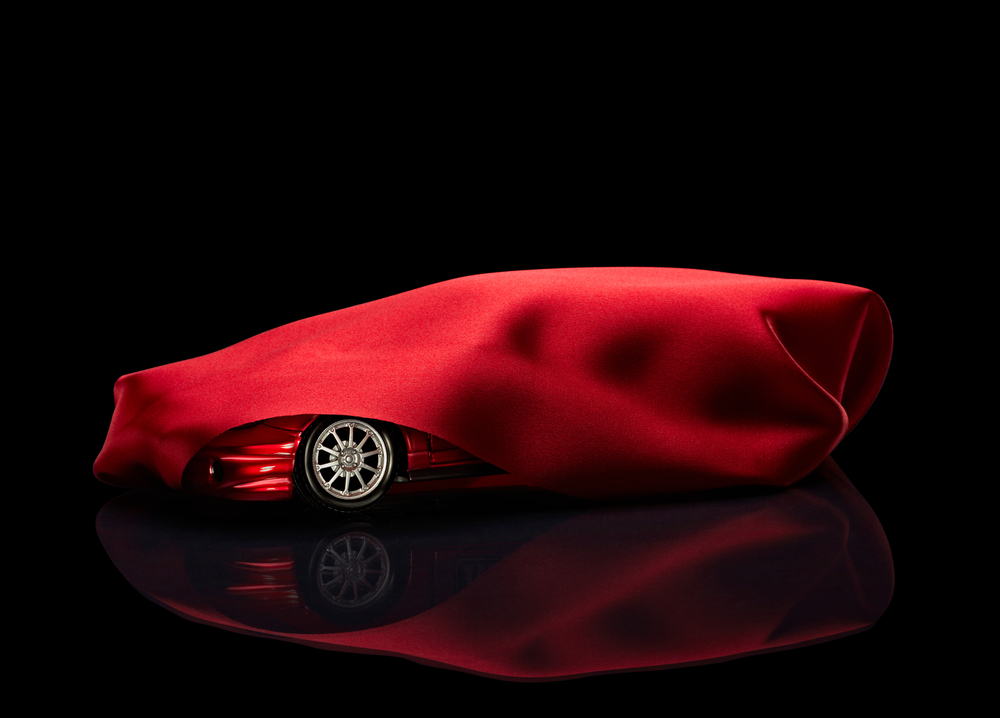
Investing in a high-quality car cover can provide extra protection while your classic car is in storage. A well-fitted cover prevents dust, dirt, and debris from settling on the car, protecting the paint and preventing scratches. It also shields the car from potential dings, dents, or damage from accidental contact.
However, not all car covers are created equal. Choose one made from breathable material to prevent moisture buildup, which can cause rust and mold. A cover that is too tight or made from non-breathable fabric can trap moisture, leading to deterioration. Make sure the cover is durable enough to withstand the elements but gentle on the car’s finish.
Maintain the Fuel System
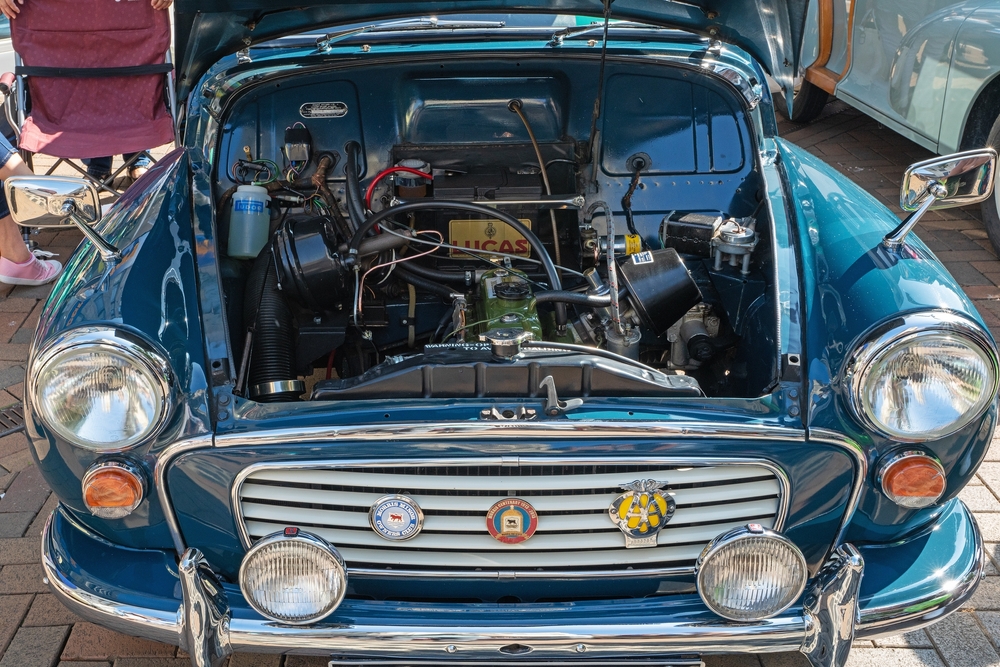
When storing your classic car for long periods, it is essential to manage the fuel system properly. Leaving fuel in the tank can cause varnish and gum to form inside the carburetor or fuel injectors, which could lead to engine problems when the car is eventually started. To avoid this, fill the tank with fuel and add a fuel stabilizer before storing the car.
Fuel stabilizers work by preventing oxidation and breakdown of the fuel, ensuring that it does not turn into sludge over time. If possible, run the engine for a short period after adding the stabilizer to ensure it circulates throughout the system. This simple step helps maintain the integrity of the fuel system and prevents costly repairs down the road.
Protect the Tires
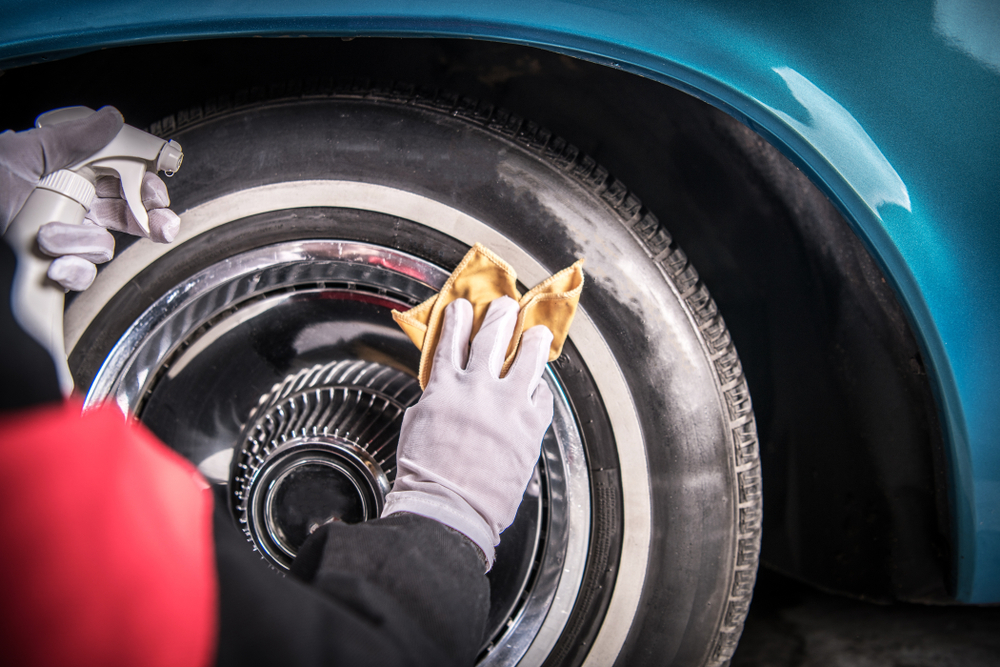
Tires are often overlooked when it comes to storing classic cars, but they play a crucial role in maintaining the car’s value. Tires that are left in one position for extended periods can develop flat spots or suffer from dry rot. To prevent this, it is recommended to elevate the car on jack stands or use tire cradles to take the weight off the tires.
If jacking up the car is not an option, be sure to rotate the tires periodically to prevent flat spots from forming. Additionally, check the tire pressure and ensure that they are properly inflated. This will prevent the tires from becoming misshapen and ensure that they remain in good condition when it is time to take the car out of storage.
Keep the Battery in Good Condition
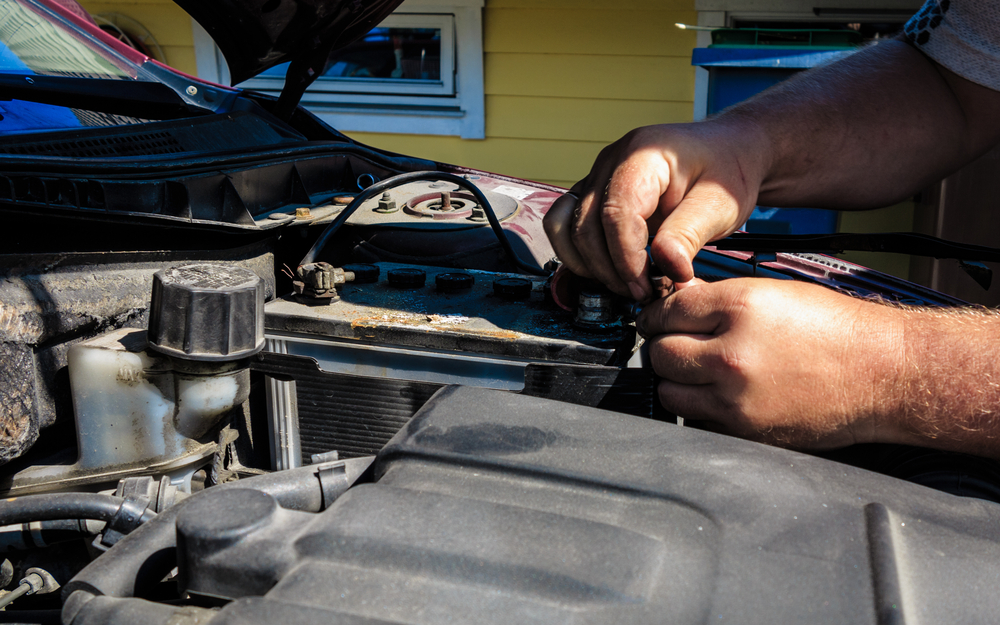
The battery is another component that can be affected by long-term storage. A dead or corroded battery can prevent the car from starting and may require replacement, which can be costly. To avoid this, disconnect the battery before storing the car, or use a battery tender to keep it charged.
A battery tender is a small device that provides a low-level charge to maintain the battery’s health without overcharging it. This helps prevent the battery from losing its charge while in storage and ensures that it is ready to go when you take the car out. Keeping the battery in good condition will save you from the hassle and expense of replacing it.
Avoid Modifications That Could Decrease the Value
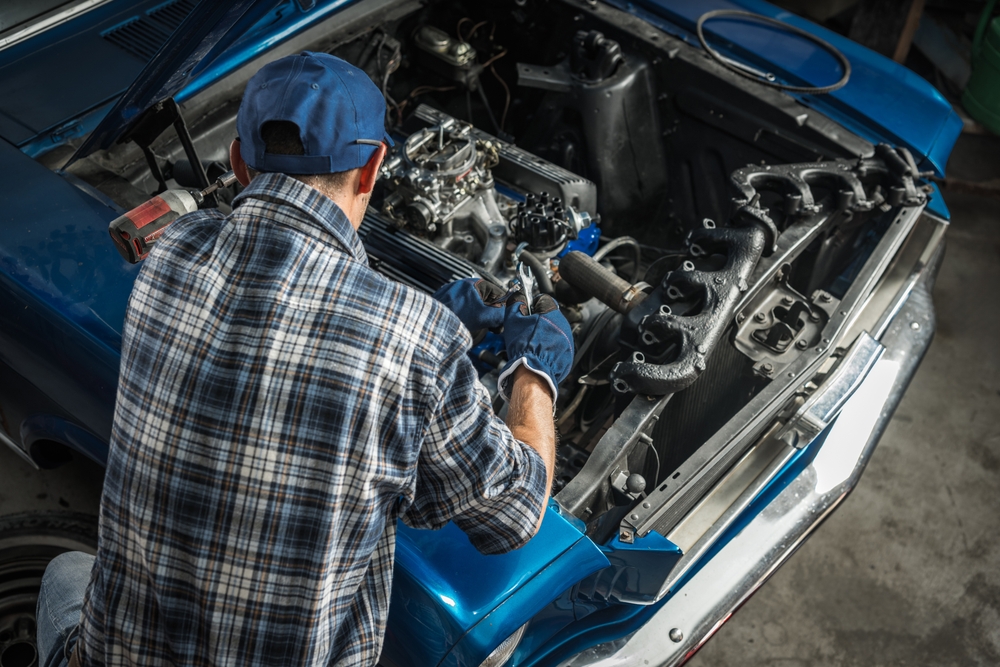
When storing your classic car, avoid making any modifications that could alter its originality. Classic cars retain their value when they are kept in their original condition, so any modifications, such as aftermarket wheels, body kits, or engine changes, could decrease their market appeal.
If you plan on storing your car for an extended period, consider reverting any modifications you may have made before storing it. Keeping the car as close to factory specifications as possible will ensure that it maintains its value, especially for collectors who value originality.
Keep the Car Away from Direct Sunlight
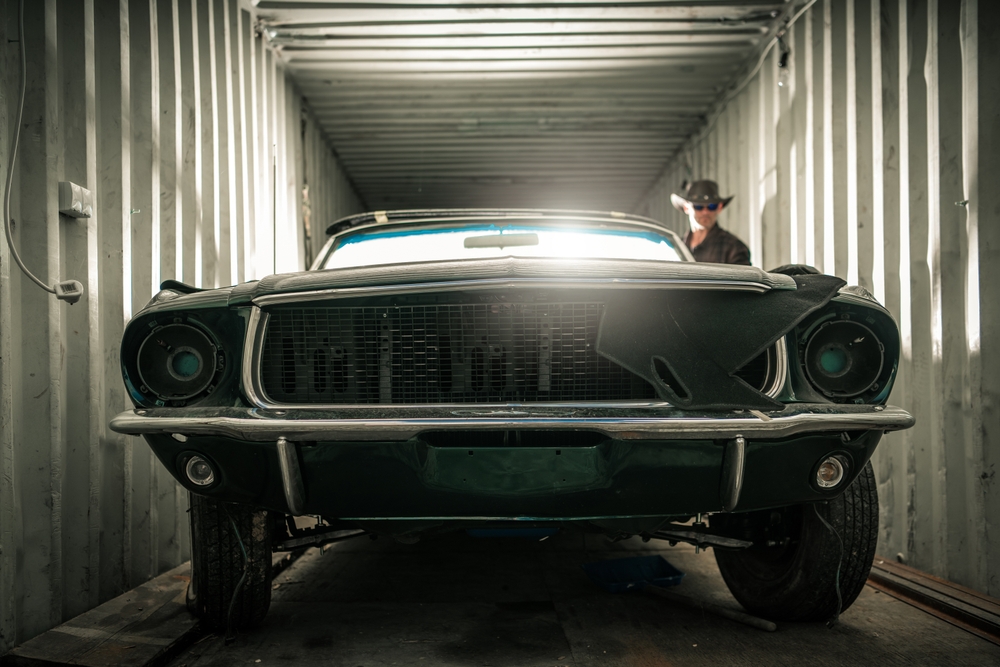
Storing your classic car in a location that avoids direct sunlight is essential for preserving its paint and interior. Prolonged exposure to UV rays can cause the paint to fade, the rubber seals to dry out, and the interior materials to crack or discolor. A covered or indoor storage space is the best way to keep the car protected from these damaging effects.
Even if you have a car cover, direct sunlight can still find its way in, which is why it’s important to store the car in a shaded area. If you are storing the car outdoors, invest in a high-quality car cover with UV protection to minimize damage. A shady, cool location will help preserve the car’s exterior and interior, keeping it in pristine condition for years to come.
Check for Rodent Infestation
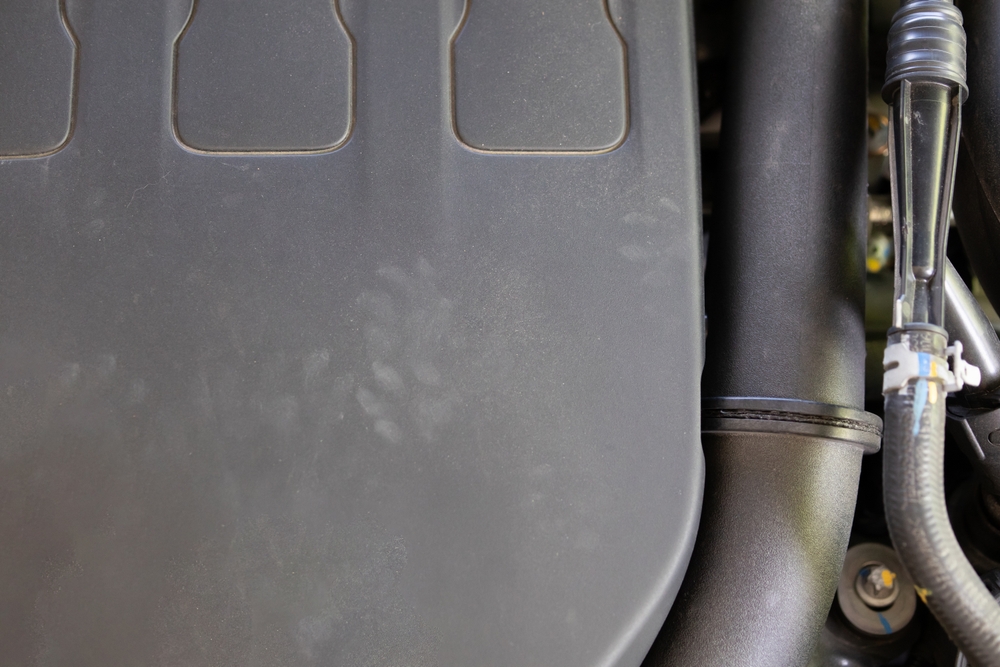
Before storing your classic car, make sure the storage area is free of any potential rodent infestation. Mice and other rodents are attracted to warm, dark places, and they may make nests inside your car. These pests can chew through wiring, upholstery, and other materials, causing damage that can be expensive to repair.
Seal any entry points to the storage area and place rodent repellents around the perimeter. It is also a good idea to place traps or use ultrasonic devices to keep rodents away. By taking these precautions, you can ensure that your car remains safe from unwanted visitors during its time in storage.
This article originally appeared on Avocadu.
